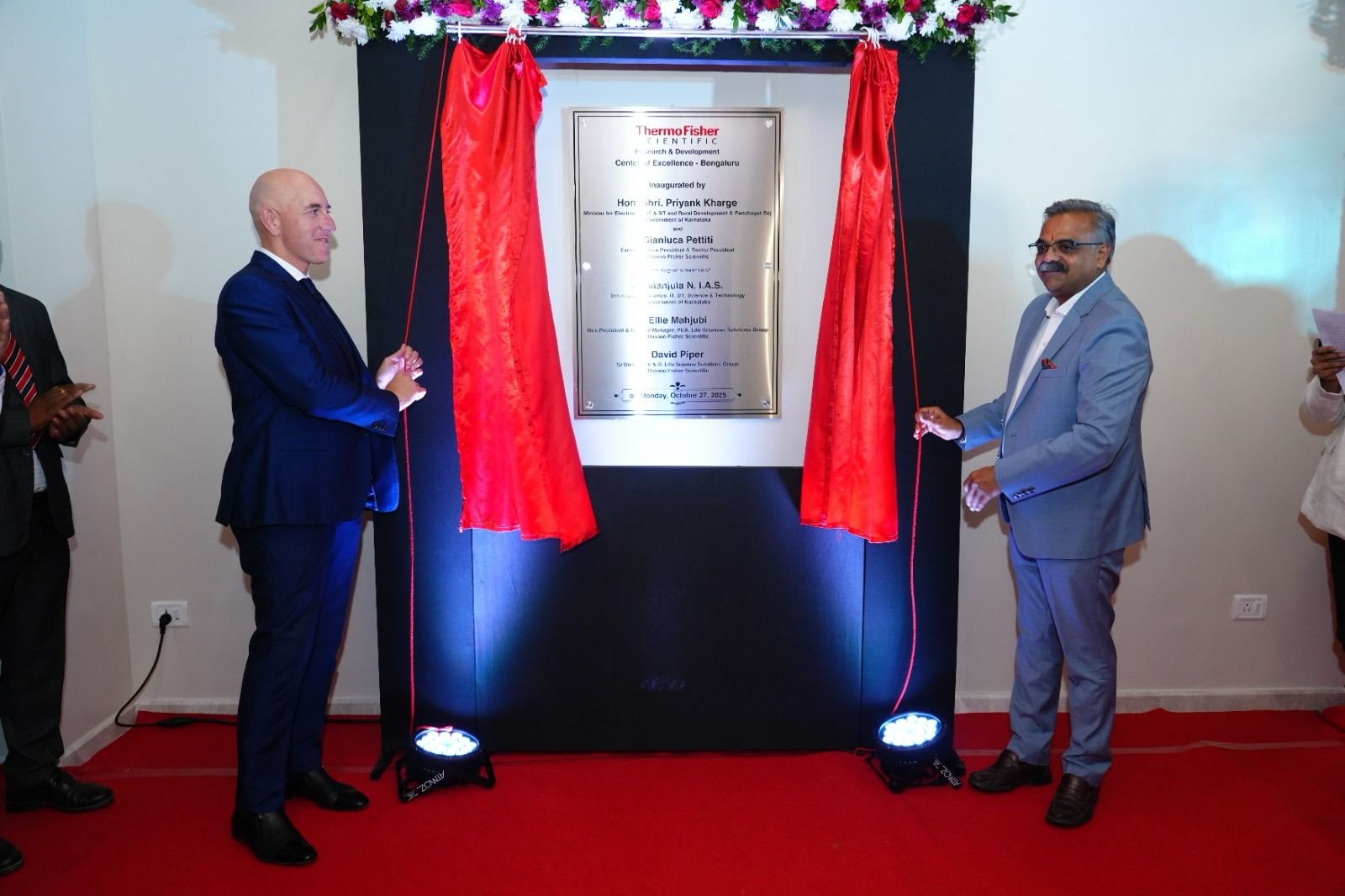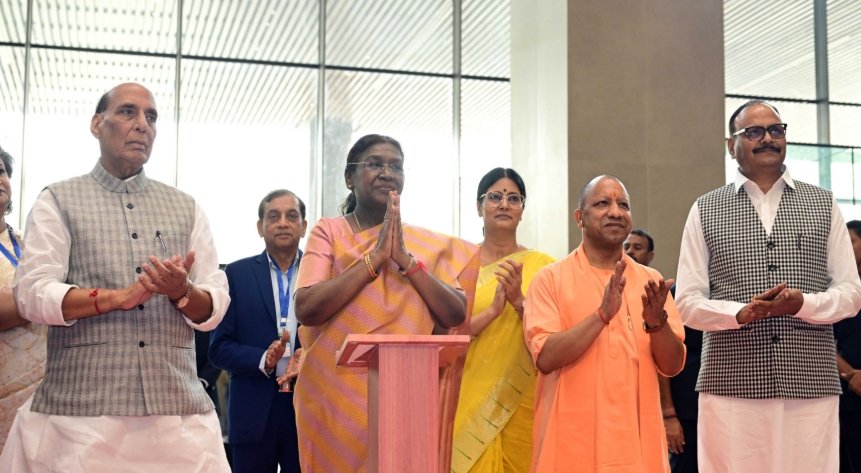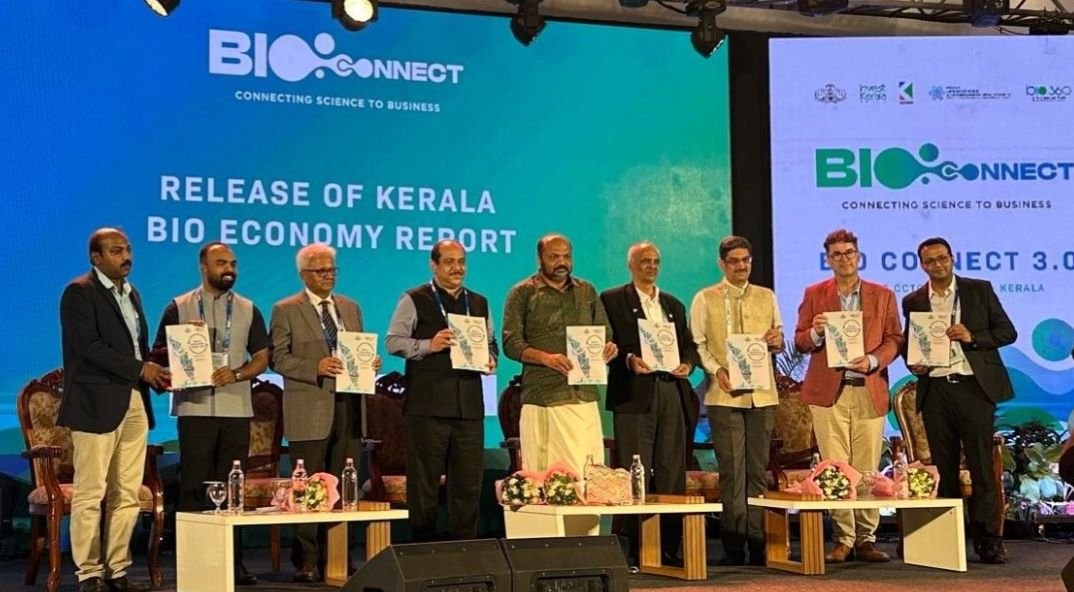Bridging the Healthcare Gap: How Technology is Transforming Access and Fulfilment
October 21, 2025 | Tuesday | Views | By Enbasekar D, Co-Founder and CTO, MediBuddy
Technology is playing an increasingly important role in improving healthcare access in India, but the journey is far from complete
image credit- shutterstock
Healthcare access has long been a challenge in India, particularly in rural and underserved urban areas. Despite significant progress in recent years, large segments of the population still struggle to receive timely and reliable care. Issues such as infrastructure gaps, shortages of qualified doctors, and fragmented service delivery create barriers to effective treatment. Technology, however, is emerging as a powerful force that can bridge these gaps, enabling greater reach, accessibility, and efficiency in the way healthcare is delivered.
The Healthcare Access Challenge
Access to healthcare in India remains uneven, especially in rural areas where patients often travel long distances and face limited specialist availability. According to the Ministry of Health and Family Welfare (2022), India has a doctor-to-population ratio of 1:834, better than the World Health Organisation’s standard of 1:1000. However, most doctors are concentrated in urban centres, leaving rural populations underserved. The gap is sharper at the community level, with an 80% shortfall of specialists at Community Health Centres (CHCs), resulting in delays in diagnosis and treatment.
Financial barriers compound these challenges. The National Health Accounts 2021–22 show that out-of-pocket expenditure (OOPE) accounted for 39.4% of total health spending. This remains a heavy burden for households and often discourages timely or preventive care, deepening the healthcare gap.
Technology’s Role in Bridging the Gap
Digital health tools are steadily reshaping the way people access care in India. Online consultation has emerged as one of the most impactful solutions, enabling patients to consult doctors and specialists without the time and expense of travel. Remote diagnostics, portable devices, and at-home test kits support early detection and monitoring of chronic conditions more effectively.
Similarly, e-pharmacy platforms have eased the challenge of medicine access. People living in remote or semi-urban areas can now order medicines online and have them delivered to their doorstep, reducing reliance on distant or poorly stocked local pharmacies. Meanwhile, AI-driven triage systems, such as chatbots and symptom checkers, are providing patients with initial guidance on their health concerns. These tools help individuals decide whether their condition requires urgent medical attention or if a routine consultation would suffice.
Together, these technologies are breaking down barriers of geography and infrastructure, making healthcare more accessible, timely, and reliable for millions of people across the country.
Government and Policy Push for Digital Healthcare
Policy support has been crucial in driving digital healthcare adoption in India. The Ayushman Bharat Digital Mission (ABDM) is building a nationwide digital backbone through unique health IDs, registries, and interoperable records, enabling more connected and consistent care. Complementing this, the National Digital Health Blueprint lays the foundation for a federated, patient-centric system. The release of Telemedicine Practice Guidelines in 2020 gave doctors a clear legal framework for remote consultations, accelerating telehealth adoption during the pandemic and beyond. At the primary care level, over 1.78 lakh Ayushman Arogya Mandirs are now operational across the country, expanding essential frontline services and serving as gateways for digital healthcare. Collectively, these initiatives are creating the right conditions for collaboration between government, private providers, and technology companies.
Benefits of Technology-Enabled Healthcare Access
The benefits of digital healthcare are already evident. Patients in remote regions can consult specialists without travel, access medicines and diagnostics at home, and manage chronic conditions with virtual follow-ups and reminders. Doctors, in turn, make more informed decisions using electronic health records and data insights. Integrated digital platforms that combine consultations, tests, medicines, and payments are simplifying the care journey, while insurance and cashless options are reducing financial barriers. Together, these advances are making healthcare more consistent, efficient, and within easier reach for communities across India.
Conclusion
Technology is playing an increasingly important role in improving healthcare access in India, but the journey is far from complete. Policymakers, healthcare providers, insurers, and technology companies will need to work together to build solutions that are inclusive, sustainable, and easy to use. With sustained effort, India can move towards a future where quality care is within reach for all.
Enbasekar D, Co-Founder and CTO, MediBuddy









